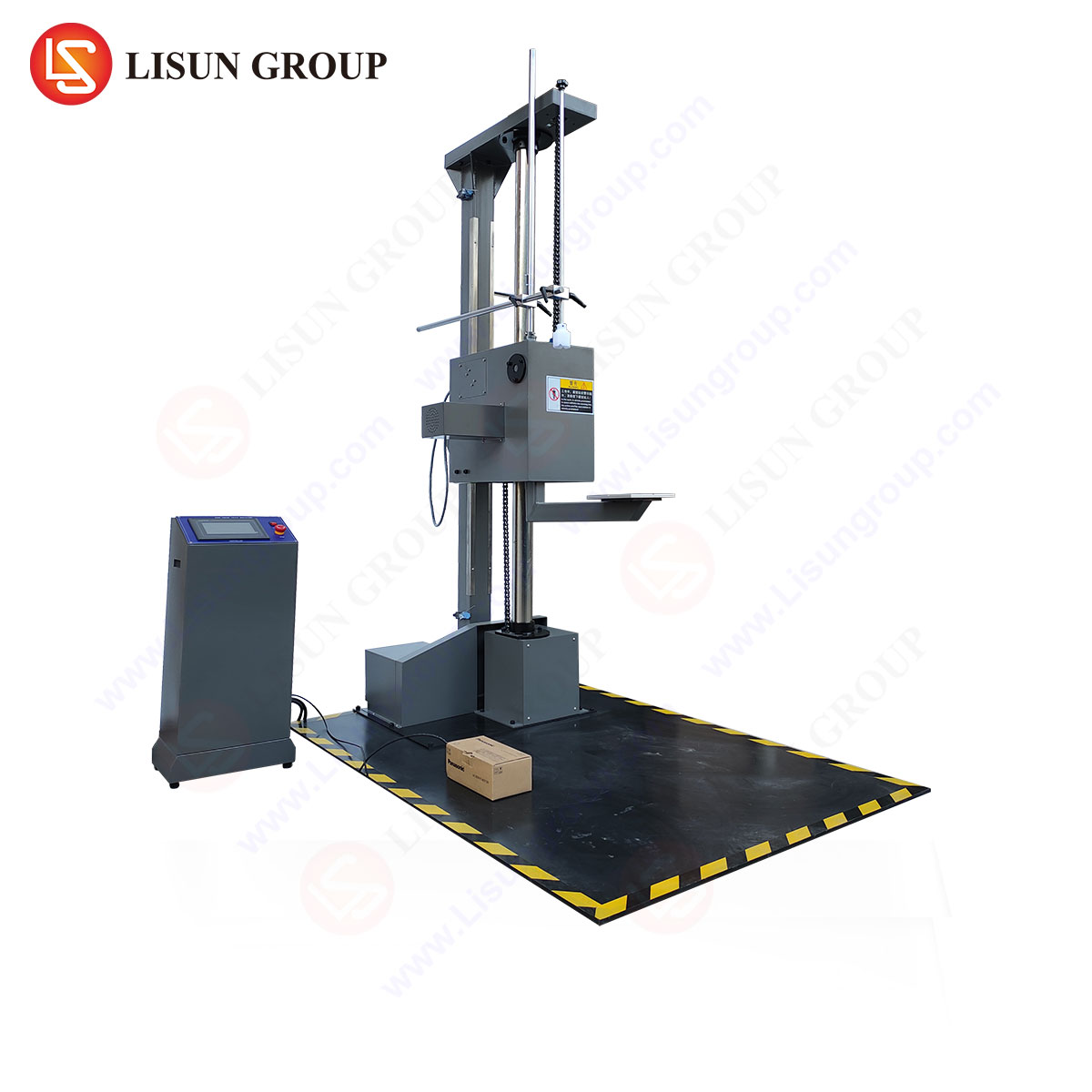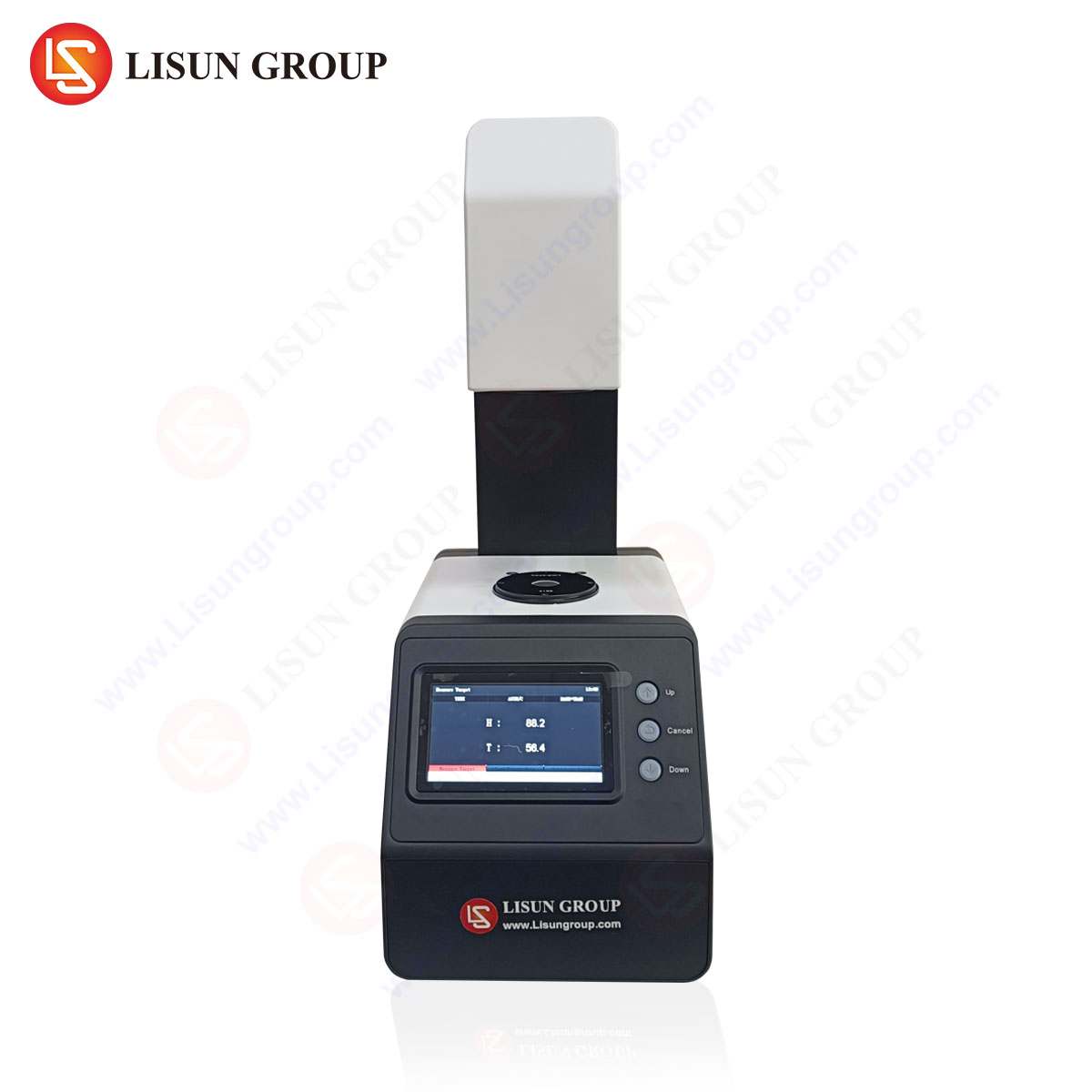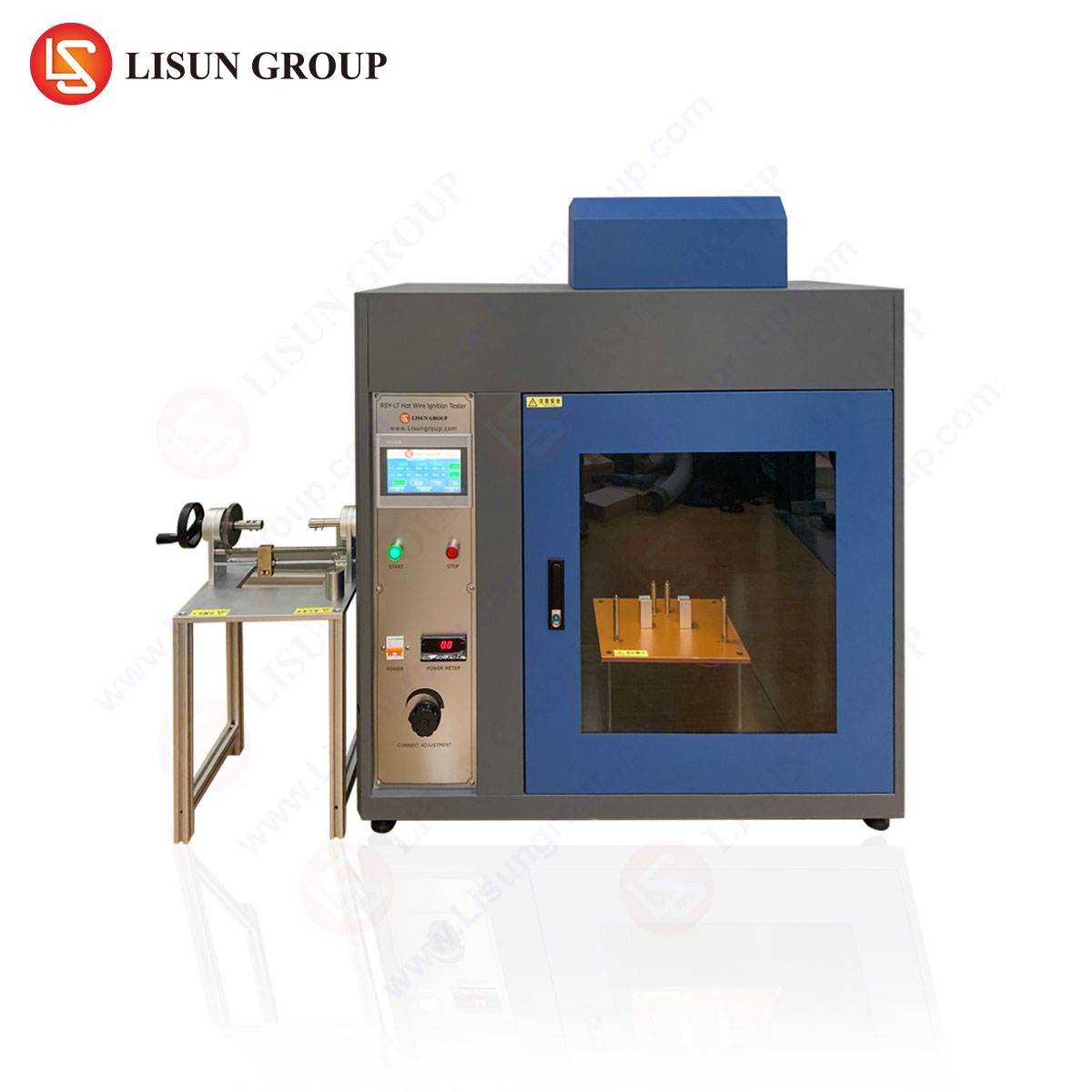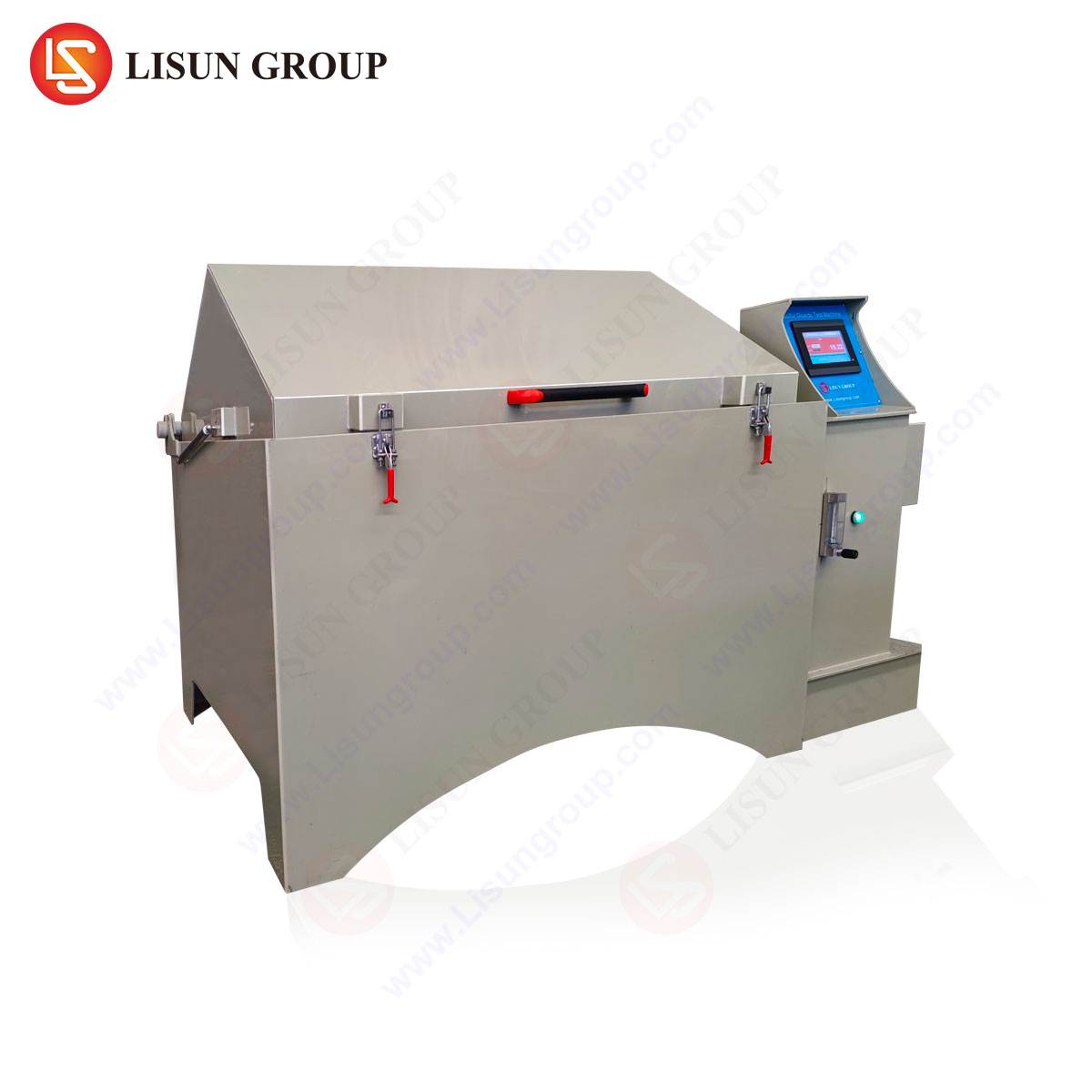Evaluating Material Flammability: The Hot Wire Ignition Test in Modern Product Safety
Abstract
The proliferation of electrical and electronic equipment across diverse sectors necessitates rigorous evaluation of the flammability characteristics of constituent materials. The Hot Wire Ignition Test (HWIT) stands as a critical, standardized methodology for assessing the resistance of insulating materials to ignition caused by localized overheating, a common failure mode in electrical components. This article delineates the technical principles, procedural execution, and normative frameworks governing the HWIT. It further examines the specific application of the test within key industries, including automotive electronics, household appliances, and telecommunications equipment. A detailed analysis of the LISUN RSY-LT Hot Wire Ignition Tester is provided, highlighting its operational precision, compliance with international standards, and role in ensuring product safety and regulatory adherence.
Fundamental Principles of Hot Wire Ignition Testing
The underlying premise of the Hot Wire Ignition Test is the simulation of a fault condition where an electrically conductive element, such as a loose strand of wire, a damaged resistor, or a poor connection, overheats and impinges upon adjacent insulating material. This scenario, known as a “glowing wire” or “hot wire” fault, can generate sufficient thermal energy to initiate pyrolysis and subsequent ignition of polymeric components. Unlike flame-based tests that evaluate reaction to an open fire, the HWIT assesses a material’s propensity to ignite under conditions of sustained, high-temperature contact with a solid heat source.
The test mechanism involves wrapping a preheated nickel-chromium (NiCr) wire, standardized in resistance and dimensions, around a specimen of the material under evaluation. A constant electrical current is passed through the wire for a specified duration, maintaining it at a precise temperature, typically 550°C, 650°C, 750°C, or 850°C, as stipulated by standards such as IEC 60695-2-20. The material’s behavior is meticulously observed and categorized. Key observations include the time to ignition, if it occurs; the duration and nature of any flaming combustion; and whether the material produces flaming droplets or particles that could propagate fire. The primary metric for success is often the material’s ability to self-extinguish within a defined period after the removal of the heat source without igniting a surgical cotton indicator placed beneath it.
This methodology provides a quantifiable measure of a material’s comparative tracking index, not in the electrical sense, but in terms of its thermal stability and fire resistance under a specific, realistic stressor. The data derived is indispensable for material selection in the design phase of products where electrical faults are a credible risk.
Standardized Protocols and Normative Frameworks
Adherence to internationally recognized standards is paramount for ensuring the reproducibility, reliability, and global acceptance of HWIT results. Several key standards govern the procedure, each with subtle variations tailored to different product families or material types.
The IEC 60695-2-20 standard, “Glowing/hot-wire based test methods,” provides the foundational framework. It details the apparatus specifications, including the required dimensions and composition of the NiCr wire, the calibration procedures for the test equipment, and the precise preparation of test specimens. A closely related standard, UL 746A, “Polymeric Materials – Short Term Property Evaluations,” incorporates the hot wire ignition test as one of several assessments for polymeric materials used in electrical equipment. The test criteria often involve subjecting a material to three successive trials at a specified temperature. To pass, the material must not ignite, or if it does, flames must self-extinguish within a set time (e.g., 30 seconds) after removal of the wire without igniting the cotton indicator.
Other industry-specific standards may reference or modify the HWIT. For instance, requirements for automotive electronics, particularly those related to occupant safety and vehicle electrical systems, may invoke tests derived from IEC 60695-2-20 but with tailored pass/fail criteria. Compliance with these standards is not merely a technical exercise; it is a legal and commercial imperative for manufacturers seeking to access markets in North America, Europe, and Asia, where product safety certifications like UL, CE, and CCC are mandatory.
The LISUN RSY-LT Hot Wire Ignition Tester: Engineering Precision for Reliable Compliance
The accuracy of HWIT results is intrinsically linked to the precision and reliability of the testing apparatus. The LISUN RSY-LT Hot Wire Ignition Tester is engineered to meet the exacting requirements of IEC 60695-2-20 and related standards, providing laboratories and quality assurance departments with a robust and user-friendly platform for consistent material evaluation.
The core of the RSY-LT system is its sophisticated temperature control and regulation unit. It employs a closed-loop feedback mechanism to maintain the test wire at the target temperature with a high degree of accuracy (± 10°C), a critical factor given the sensitivity of ignition thresholds to minor thermal fluctuations. The apparatus is constructed with a stainless steel chassis and incorporates a transparent draft shield, which protects the test from ambient air currents that could influence results while allowing for clear observation. A built-in timing device automatically records the ignition time and flaming duration, eliminating subjective human error from timekeeping.
Table 1: Key Specifications of the LISUN RSY-LT Hot Wire Ignition Tester
| Parameter | Specification |
| :— | :— |
| Temperature Range | 50 °C to 999 °C (continuously adjustable) |
| Temperature Control Accuracy | ± 10 °C |
| Test Current | 0.1 A to 1.5 A (adjustable) |
| Timer Range | 0 to 999.9 seconds (accuracy ± 0.1s) |
| Test Wire | NiCr wire, 4mm nominal diameter, as per standard |
| Compliance Standards | IEC 60695-2-20, UL 746A, GB/T 5169.10-13 |
The operational principle of the RSY-LT involves securing the specimen on a non-conductive base. The NiCr wire is formed into a specific pattern, preheated to the standard-mandated temperature, and then applied to the specimen with a defined pressure. The current is applied for the standard duration (e.g., 30 seconds ± 1 second), after which the wire is retracted. The entire sequence—preparation, application, and observation—is streamlined within the RSY-LT’s design, facilitating high throughput in a quality control environment.
Industry-Specific Applications and Material Selection Criteria
The HWIT’s value is demonstrated through its widespread application across industries where electrical safety is non-negotiable. The test informs critical material selection decisions during the research, development, and manufacturing stages.
In the Automotive Electronics sector, the trend towards electric vehicles (EVs) and advanced driver-assistance systems (ADAS) has exponentially increased the density of electronic control units (ECUs), sensors, and high-voltage wiring harnesses. Materials used for connectors, wire insulation, and housing for battery management systems must withstand potential hot wire faults without propagating fire. A failure in a component buried within a vehicle’s dashboard or door panel could have catastrophic consequences. The HWIT allows engineers to compare different grades of engineering plastics (e.g., PBT, Nylon) and select those with superior resistance to ignition from an overheated adjacent circuit.
For Household Appliances such as washing machines, dishwashers, and air conditioners, reliability over thousands of operational hours is expected. These appliances contain motors, heating elements, and control boards where loose connections or component failures could lead to localized overheating. The insulating materials used in terminal blocks, relay housings, and PCB substrates are routinely subjected to the HWIT to ensure they do not act as a fuel source in a fault scenario, thereby containing the failure and preventing a household fire.
Telecommunications Equipment and Data Centers represent another critical application. Server racks, network switches, and power distribution units operate continuously under significant electrical load. The sheer concentration of power cables and data lines creates a scenario where a single hot wire fault in one component could jeopardize an entire infrastructure. HWIT compliance for materials used in jacketing, circuit board laminates, and connector bodies is a fundamental part of the safety certification for this equipment.
Similarly, in Medical Devices, where equipment like patient monitors and imaging systems must operate flawlessly, the flammability of internal materials is a key safety parameter. The HWIT helps ensure that a electrical fault within a device does not lead to a fire that could harm patients or disrupt critical healthcare services.
Comparative Advantages of Modern Hot Wire Test Equipment
The evolution from rudimentary, manually controlled test setups to integrated systems like the LISUN RSY-LT represents a significant advancement in testing fidelity. Older systems often relied on variable transformers and manual timing, introducing substantial potential for operator-induced variance. Modern testers offer distinct advantages that directly impact the integrity of the data.
A primary advantage is automation and repeatability. The RSY-LT, for example, automates the current application and timing sequences. This eliminates inconsistencies in how long the wire is applied or when the timer is started and stopped, ensuring that results are comparable across different operators and testing sessions. This level of repeatability is essential for generating defensible data for safety certifications.
Enhanced safety features are another critical differentiator. The RSY-LT includes fume extraction ports to remove potentially hazardous pyrolysis products from the operator’s breathing zone. Its sturdy construction and protective shielding minimize the risk of operator exposure to heat or flame during a test. Furthermore, integrated data logging capabilities allow for the automatic recording of test parameters and results, facilitating traceability and simplifying the creation of formal test reports for auditing purposes.
The calibration and self-diagnostic functions found in advanced testers ensure the apparatus itself remains within specification. Regular calibration is a requirement of quality management systems like ISO/IEC 17025, and features that simplify this process reduce laboratory downtime and maintenance costs.
Interpreting Test Results for Design and Compliance
The outcome of a Hot Wire Ignition Test is not merely a binary pass/fail determination. A nuanced interpretation of the observed phenomena provides valuable insights for material scientists and design engineers. The time to ignition is a direct indicator of a material’s thermal inertia and its pyrolysis temperature. A longer ignition time suggests a greater margin of safety in a real-world fault condition.
The nature of combustion post-ignition is equally critical. Does the material burn with a vigorous flame or merely smolder? More importantly, does it produce flaming droplets? For components mounted above other sensitive parts or flammable surfaces, the propensity to produce droplets is a severe failure mode, as it can spread fire far from the origin of the fault. A material that ignites but self-extinguishes rapidly without producing droplets may still be deemed acceptable for certain applications, whereas one that continues to burn or produces droplets would be rejected.
This interpretive process allows engineers to make informed trade-offs. A material with excellent HWIT performance might be more expensive or have inferior mechanical properties. By understanding the specific failure modes, engineers can strategically apply higher-performing materials only in the most critical areas of a product, optimizing both safety and cost. The data generated by precise equipment like the RSY-LT provides the confidence needed to make these decisions.
Integration into a Broader Material Safety Strategy
It is crucial to position the Hot Wire Ignition Test within a comprehensive material flammability assessment protocol. The HWIT addresses a specific, albeit common, ignition source. A complete safety evaluation typically involves a battery of tests. These may include the Glow-Wire Flammability Index (GWFI) and Glow-Wire Ignition Temperature (GWIT) tests, which also use a heated element but under different specimen configurations and criteria to assess ignition temperature and flame spread resistance.
Other complementary tests include the Needle-Flame Test (IEC 60695-2-2), which simulates the effect of a small flame from a burning component, and various flammability tests based on Bunsen burners or radiant panels (e.g., UL 94). Each test provides a different piece of the puzzle. The HWIT is uniquely valuable for its direct simulation of electrical overheating faults, making it an indispensable tool for any industry producing electrical or electronic goods. Its role in a holistic testing strategy ensures that products are resilient against a wide spectrum of potential fire hazards.
Frequently Asked Questions (FAQ)
Q1: What is the fundamental difference between the Hot Wire Ignition Test (HWIT) and the Glow-Wire Test (GWT)?
While both tests use a heated NiCr element, they have distinct objectives and procedures. The HWIT (per IEC 60695-2-20) specifically involves wrapping the preheated wire around a specimen to simulate direct contact with an overheated conductor. The Glow-Wire Test (IEC 60695-2-10 series) typically applies the glowing end of the wire to the surface of a test specimen under a specified force. The GWT is often used to determine the Glow-Wire Flammability Index (GWFI) and Glow-Wire Ignition Temperature (GWIT), which are more focused on the material’s ignition temperature and ability to not propagate fire.
Q2: Why is the nickel-chromium (NiCr) wire specified for this test?
NiCr wire is chosen for its consistent electrical and thermal properties, including high resistivity and oxidation resistance at elevated temperatures. This consistency is vital for test reproducibility. Its predictable behavior ensures that the heat generated is a direct function of the applied current, allowing for precise temperature control across different laboratories and testing events.
Q3: How does the LISUN RSY-LT Tester handle the safety of the operator during testing?
The RSY-LT incorporates multiple safety features. A transparent draft shield contains any flames or particles generated during the test. The unit is designed with a fume extraction port to vent pyrolysis gases away from the operator. The structure is grounded, and the electrical system includes protections against overloads. These features collectively minimize risks associated with heat, fire, and inhalation hazards.
Q4: For a new material, how do I determine which test temperature (e.g., 550°C, 750°C) to use?
The appropriate test temperature is typically dictated by the end-product standard applicable to the device or component using the material. For example, a standard for household appliance safety might mandate testing at 750°C for materials near current-carrying parts. If no product standard exists, the test can be performed at a series of temperatures to establish a performance profile for the material, helping engineers understand its limits and compare it to known materials.
Q5: Can the RSY-LT Tester be used for quality control on a production line?
Yes, the RSY-LT’s design emphasizes repeatability and ease of use, making it suitable for both R&D laboratories and quality control (QC) environments. Its automated functions reduce operator dependency, ensuring consistent application of the test protocol. QC teams can use it to perform batch acceptance testing on incoming raw materials or to periodically verify the properties of materials used in production, ensuring ongoing compliance with safety specifications.






